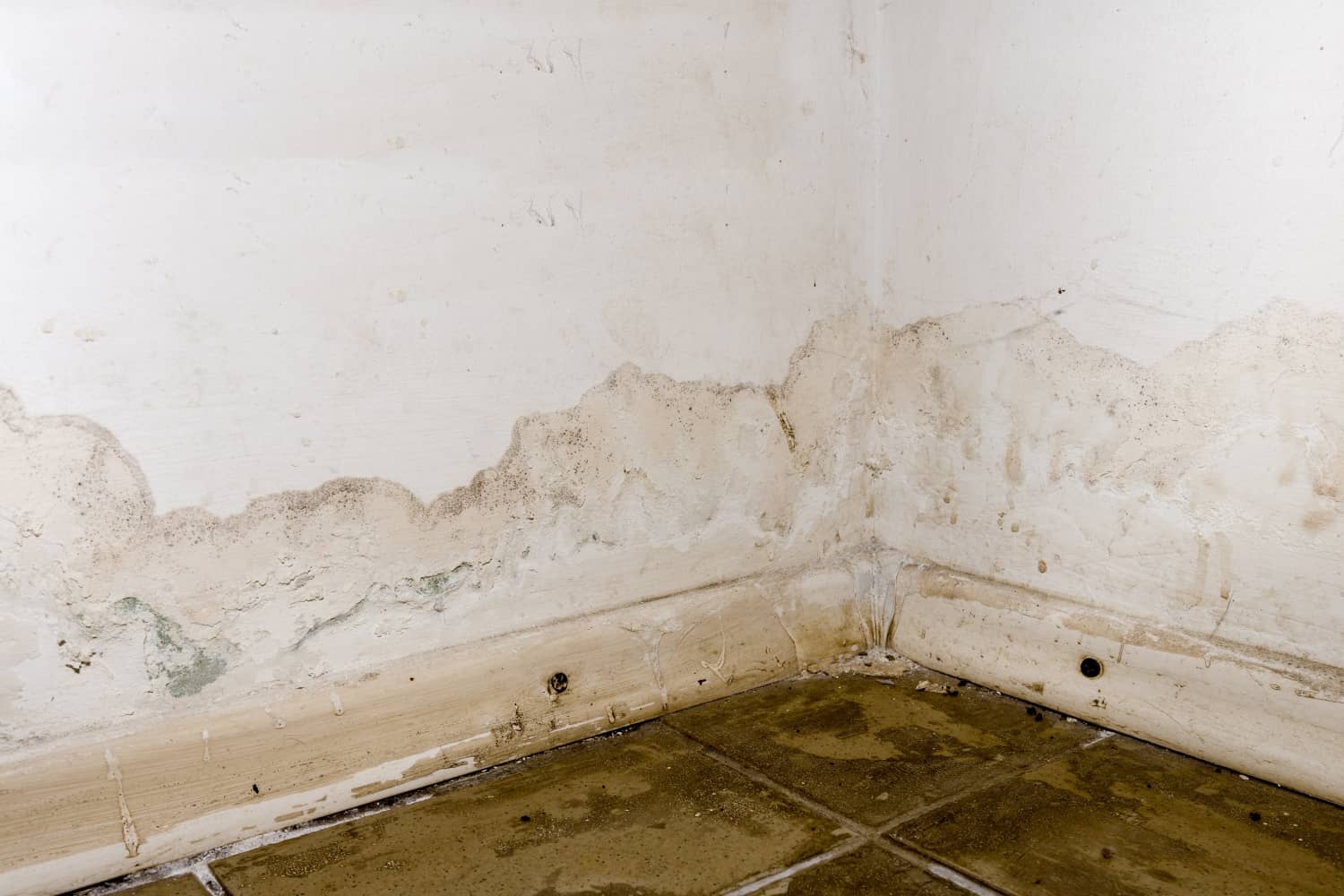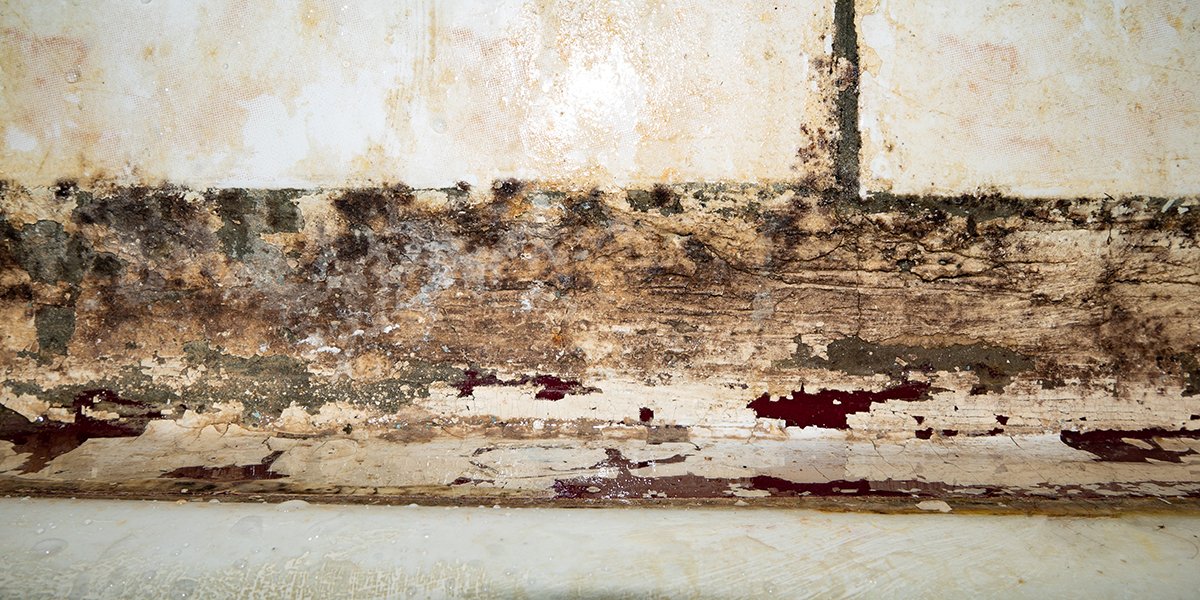Leading Water Mitigation Company Offering Fast and Efficient Solutions
Leading Water Mitigation Company Offering Fast and Efficient Solutions
Blog Article
The Refine of Water Damage Clean-up: Ensuring Your Home Is Brought Back Effectively
Water damages can be an overwhelming obstacle for property owners, requiring a structured and precise cleaning process to bring back security and capability. Originally, an extensive analysis is critical to determine the degree of the damages and establish the proper remediation procedures. Following this, efficient water removal techniques play a pivotal duty in minimizing further injury. However, the subtleties of drying, sanitizing, and ultimate restoration are just as important and typically forgotten. Recognizing these stages can make a considerable distinction in the outcome of your home's restoration, prompting a closer check out what each action requires.
Evaluating the Damage
Upon uncovering water damage, the very first step is to completely analyze the extent of the influence. This preliminary examination is critical, as it assists establish the required actions for effective cleaning and repair. Begin by checking the impacted locations, including walls, ceilings, floorings, and personal items, to determine the source of the water intrusion, whether from flooding, leakages, or condensation.
Recording the damages is important for both insurance claims and planning restoration initiatives - damage restoration services. Usage photos and written notes to record the severity of the damages, noting any kind of damaged structural components and materials. Pay unique interest to areas that may not be promptly visible, such as behind wall surfaces and under carpetings, as hidden dampness can lead to further complications, consisting of mold and mildew growth
In addition, evaluate the timeline of the water direct exposure. The longer the products stay damp, the higher the potential for damages. Recognizing the duration of exposure will certainly notify the urgency of removal initiatives. Inevitably, an extensive assessment lays the foundation for a successful water damages cleaning procedure, guaranteeing that all impacted areas are attended to successfully and thoroughly.
Water Removal Techniques

Experts commonly employ completely submersible pumps for bigger volumes of water, which can swiftly relieve flooding in basements or other influenced areas. For smaller sized amounts, wet/dry vacuum cleaners are commonly made use of to remove residual wetness from carpets and tough surfaces. Additionally, making use of portable extractors allows for targeted elimination in confined spaces or locations with fragile products.
In circumstances of contaminated water, such as sewage or floodwater, progressed removal strategies may entail making use of biohazard equipment to ensure safety and conformity with wellness guidelines. High-powered extraction devices are essential in minimizing water retention in architectural products, which can cause mold and mildew development and architectural wear and tear otherwise resolved immediately.
Ultimately, the effectiveness of water extraction techniques plays a pivotal role in the overall success of the water damage clean-up process, preparing for subsequent remediation initiatives.
Drying and Dehumidification
Once standing water has actually been successfully drawn out, the next vital stage in the water damages cleaning process is drying out and dehumidification. This step is important to stop further damage and mold and mildew growth, which can take place within 24 to two days in damp settings.
To attain effective drying out, customized devices such as industrial-grade air movers and dehumidifiers is employed. Air moving companies distribute air across damp surface areas, enhancing evaporation rates, while dehumidifiers decrease humidity levels in the air, promoting a conducive atmosphere for drying. The mix of these tools ensures that wetness is drawn out from home furnishings, walls, and floorings, permitting them to dry thoroughly.
It is very important to keep an eye on the drying out hop over to these guys procedure very closely. Specialists typically utilize dampness meters to evaluate the moisture web content in various materials, making sure that all impacted locations reach acceptable dryness levels. This meticulous technique aids to stop surprise dampness pockets that could result in structural damages or unhealthy mold and mildew growth.

Cleaning and Sterilizing
After the drying and dehumidification phase is total, the next vital action in water damage clean-up is cleaning up and sterilizing the impacted areas. This process is critical to prevent the development of mold, germs, and various other virus that thrive in moist atmospheres.
The cleansing stage typically entails removing any particles, dirt, and pollutants from surfaces utilizing specialized cleaning representatives. For hard surfaces, a mix of soap and water or business cleaning products is commonly used. Soft materials, such as upholstery and carpets, might need a lot more extensive cleansing techniques, consisting of steam cleaning or deep removal strategies, to ensure thorough sanitation.

Sterilizing complies with cleaning, making use of EPA-approved anti-bacterials to get rid of unsafe microorganisms. This step is essential, particularly in locations that may have entered into contact with floodwaters or sewage, as these resources can position serious wellness risks.
Furthermore, it is necessary to address any type of remaining odors, which might call for making use of odor neutralizers or innovative techniques like ozone treatment. Proper cleaning and disinfecting not only bring back the safety and security and hygiene of your home but likewise lay the groundwork for effective remediation and repair services in succeeding stages of the water damage cleanup procedure.
Reconstruction and Repairs

As soon as the evaluation is full, reconstruction efforts can start. This commonly entails fixing or changing damaged products, making certain that all job abides by local building codes and standards. If drywall has actually been compromised, it will need to best site be eliminated and replaced with new material. Additionally, floor covering might require similar interest, depending upon the level of water exposure.
It is important to involve skilled restoration professionals during this process, as they have the competence to manage intricate repair services efficiently. Furthermore, they can assist alleviate prospective future problems, such as mold growth or architectural instability, hence making sure a habitable and secure living environment. Inevitably, effective repair and repair work bring back the home's stability and boost its overall value.
Final Thought
In conclusion, the procedure of water damage cleanup is critical for bring back a home to its pre-damage content condition. Each phase, from analyzing the damages to implementing reliable water extraction methods, adhered to by extensive drying, sanitizing, and necessary repairs, plays a vital function in making sure safety and compliance with structure standards. Reliable execution of these actions not only mitigates immediate damage however likewise boosts the long-term integrity and value of the home.
Water damage can be a daunting obstacle for property owners, demanding a thorough and structured clean-up procedure to bring back safety and performance. Inevitably, a comprehensive evaluation lays the groundwork for an effective water damages clean-up procedure, making certain that all influenced areas are dealt with successfully and completely.
Efficient water extraction techniques are crucial in minimizing damages and preventing further difficulties complying with a water invasion occasion.In conclusion, the procedure of water damages cleaning is vital for recovering a home to its pre-damage problem. Each phase, from evaluating the damages to executing effective water extraction techniques, complied with by extensive drying, sterilizing, and required repair services, plays an essential role in guaranteeing safety and security and conformity with structure criteria.
Report this page